The Dutch asylum system is slowly crumbling and putting people in unsafe living conditions — often for months at a time. Why is this happening? And how did the Netherlands get here?
There’s always been a flow of people in and around the Netherlands, but the past years have seen waves of asylum seekers enter the country as a result of the invasion of Ukraine, the reign of the Taliban in Afghanistan, and the war in Syria.
Despite the country’s small size, the Netherlands has always been open to providing a safe haven for asylum seekers. However, it’s become a bit of a rocky process over the past few years, to say the least.
What is the Dutch asylum crisis?
Like many other countries, the Netherlands takes in people who are at risk of persecution because of their ethnicity, religion, or political beliefs, as well as people fleeing war and violence in their own country.
However, each year, more and more headlines crop up lamenting the overflowing asylum centres in the Netherlands.
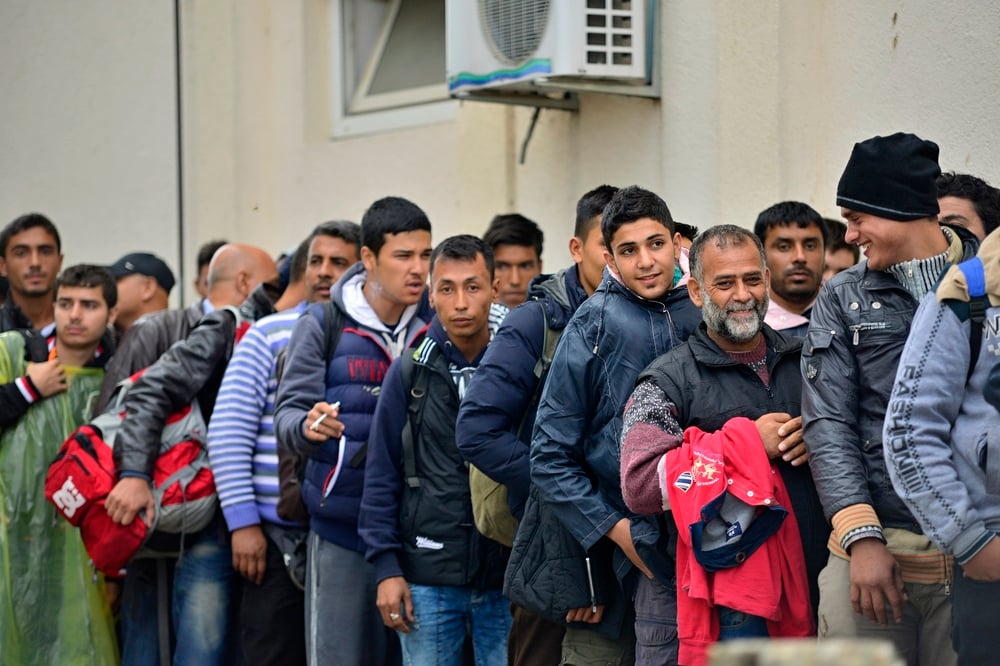
And there is certainly a basis for these headlines. As the spotlight turns to asylum centres in the Netherlands, a bleak picture is laid out in front of us.
People are often left stuck in asylum centres for as long as a year, leaving them living in miserable conditions that have been described as “inhumane” by the Dutch Ombudsman themselves. This is especially worrying when we consider the fact that there are children in these centres.
Not only are these conditions inhumane, but the centres are also completely overcrowded.
In 2022, hundreds of asylum seekers in reception centres were forced to sleep on the floor or on plastic chairs. When there wasn’t enough room inside, people were left with no choice but to sleep outdoors.
Why are Dutch asylum centres so crowded?
Contrary to what many people may assume, no, the number of asylum seekers coming to the Netherlands has actually not gone through the roof.
Yes, it’s slowly increasing — but this isn’t anything new. In fact, the number of asylum seekers coming to the Netherlands was actually much higher in 2015 compared to today. Unfortunately, there are many myths surrounding refugees and asylum seekers.
So, if it’s not about the numbers, why are the asylum centres in the Netherlands so crowded?
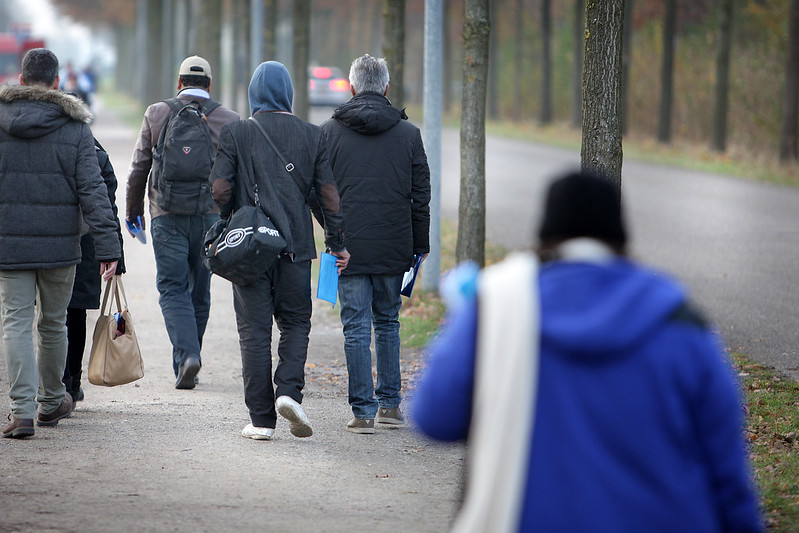
The Dutch system is struggling against numerous factors, including a staffing shortage, a housing shortage, and unwillingness from other countries to cooperate…
Rather than an asylum crisis, the situation is actually more correctly labelled as a reception crisis (opvangcrisis). But what has caused this?
Not enough staff to process asylum seekers through the system
One of the biggest reasons for Dutch asylum centres bursting at the seams is the continuous delays in processing times for applications — resulting in more and more people being left to wait in the centres.
READ MORE | Volunteering in the Netherlands: what you can do and why you should do it
Asylum seekers have to stay at an asylum centre until they receive a decision on their application from the Dutch Immigration and Naturalisation Service (IND).
During times when the system wasn’t in crisis, this meant living at the centres for around six months. Nowadays, the IND doesn’t have enough qualified employees to process asylum seekers at this rate, causing huge delays.
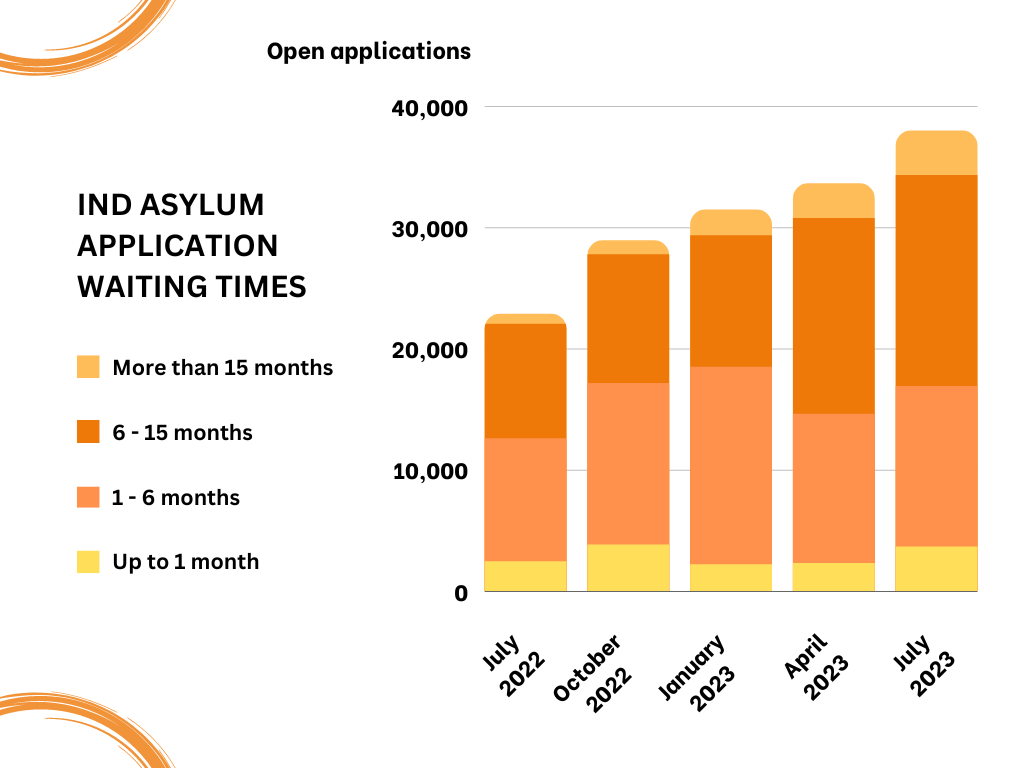
Since 2022, decisions on asylum applications can now take anywhere from a year up to 15 months — over double the time the centres were designed to hold people.
The IND is struggling to find enough qualified staff to process asylum applications that are also willing to manage the stress and organisational chaos of the institution.
The Dutch housing crisis
Once approved, status holders (statushouders) are supposed to be placed in a house of some sort — usually, social housing allocated by the municipality.
However, in practice, it’s a different story due to the Dutch housing shortage.
After living for several months at the centres, asylum seekers are told by the Dutch government that their application has been approved! They can live in the Netherlands, there’s just one catch — there’s actually no place for them to go.
The result? People who have been granted asylum status need to stay in asylum centres, putting even more pressure on the shelters’ services. Today, 16,000 statushouders are still stuck in these centres.
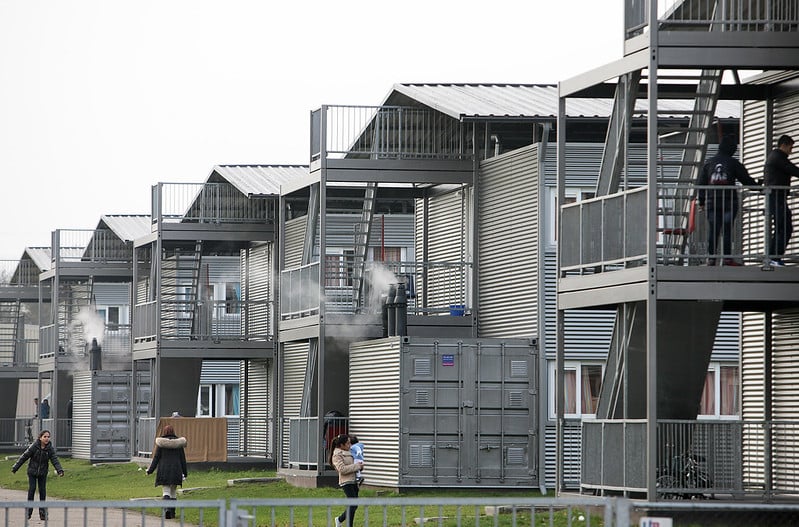
Adding to this issue is the fact that even Dutch people are suffering from the housing shortage.
READ MORE | 11 creative solutions to the Dutch student housing crisis that makes us say “Why didn’t we think of that?”
Since social housing (or any housing for that matter) is in such short supply, allocating housing to statushouders can feel unfair to many and ends up undercutting public support for receiving asylum seekers.
A short-term approach to asylum centres
Another reason for the overflowing asylum centres in the Netherlands is the Dutch government’s short-term approach when it comes to responding to crises at asylum centres.
The majority of asylum seekers stay at temporary emergency shelters. Once the number of asylum seekers coming to the Netherlands drops for a few months, these emergency shelters close down — leaving the system unprepared for the next inevitable wave.
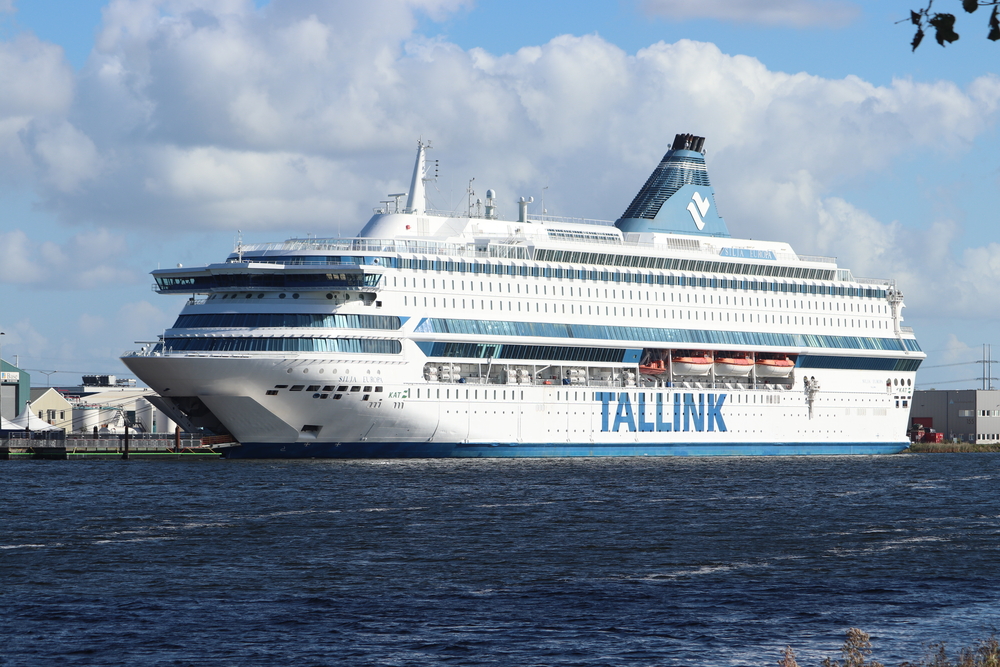
As a consequence, during an influx, other temporary shelters are opened in a panic, for example on cruise ships and in hotels.
Although these initiatives are a huge life-saver, they aren’t sustainable long-term solutions. It also forces families to move from shelter to shelter every few months.
The problem that aggravates this issue even further, is that opening new centres almost always faces resistance from municipalities or people living nearby. This leaves asylum workers with few options for where they can open a new shelter.
Failing to deport denied asylum seekers
Not everyone who applies for asylum in the Netherlands is granted permission to stay.
In fact, asylum seekers from certain countries rarely qualify for asylum in the Netherlands because they’re listed as safe countries (veilige landen) by the Dutch government.
Despite this, nationals from these countries still try their chance, but most end up being refused the right to stay. And once that’s the case, sending them back out of the Netherlands is challenging.
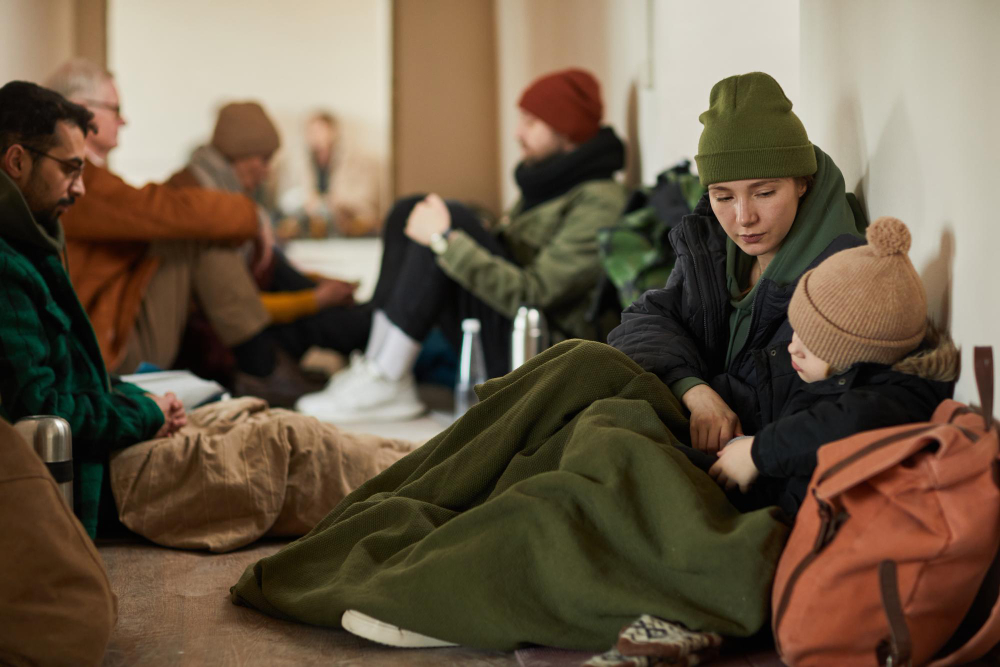
Asylum seekers sometimes open up legal cases against the IND to appeal their refusal. While this is entirely in their right, cases such as this put extra strain on the already overworked system.
Even if no legal cases are opened, deporting refused asylum seekers back to their country of origin is not always possible. Often, their home countries’ governments don’t cooperate — which is necessary to arrange travel documents.
In the end, people are released into the street and end up living illegally with few job prospects or no shelter.
READ MORE | Working at an NGO: tips, major NGOs in the Netherlands, and what it’s really like
In a report, it was found that a small portion of asylum seekers from “safe countries” were responsible for a majority of property crimes in the centres. As a result, public support for all asylum seekers has taken a hit — and this certainly doesn’t help the crisis.
What is the Dutch government doing about the asylum crisis?
All of the above issues are clogging up the asylum reception centres. So what’s the Dutch government doing about it?
After the chaotic summer of 2022, a law is waiting to be put in motion. This law will make it compulsory for every Dutch municipality to help asylum seekers find a home. This would mean a more fair and efficient distribution across the country rather than falling on the shoulders of just a few regions.

The IND is also slowly but surely increasing the number of employees who can process asylum applications. However, employees must complete a nine-month training programme before they can be ready, so the pressure on the system won’t be relieved that fast.
Despite all these actions, it’s safe to say that the rocky reception of asylum seekers in the Netherlands isn’t over, and it is still a controversial conversation in Dutch politics.
So much so that a disagreement about how to regulate the influx was the final straw causing the collapse of the Rutte IV cabinet this year.
The pending coalition as a dark cloud over the asylum crisis
The 2023 Dutch national elections has a shocking outcome: the “far right” Partij voor de Vrijheid (PVV, English: Party for Freedom), led by Geert Wilders, won the majority of votes, taking 37 out of 150 seats.
Geert Wilders has long been established as a very controversial Dutch politician, who openly advocates for the “conservation Dutch values” and against the Islam.

It is now up to Wilders to successfully form a coalition with the other parties. To do so, he has to the required majority of 76 seats in the 150-seat parliament. If he becomes the new Dutch Prime Minister, there could be significant consequences for the asylum crisis.
READ MORE | Who is Geert Wilders? 7 questions about the controversial Dutch election winner
For instance, the PVV’s election document talks about an “asylum stop, which we intend and need”, and states that the party intends to introduce “measures that will significantly reduce the influx of asylum seekers and other migrants.”
How to help asylum seekers in the Netherlands
The situation for asylum seekers in the Netherlands is not good, where most live in unsafe conditions for at least a year.
READ MORE | Here’s how you can help Ukraine from the Netherlands [UPDATED]
If you’d like to provide some support, here are some organisations in the Netherlands where you can donate things like clothes, bicycles, toys, or money to asylum seekers and refugees.
- Donate money or volunteer at The Council for Refugees (Vluchtelingen Werk Nederlands)
- Donate items or volunteer at asylum reception centres (COA)
- Donate clothes or volunteer at the Salvation Army (Leger des Heiles)
- Volunteer at the Red Cross (Rode Cruis)
What do you think about the current situation at asylum centres in the Netherlands? Tell us your thoughts in the comments below!
Feature image: Directie Voorlichting/Flickr/CC2.0




